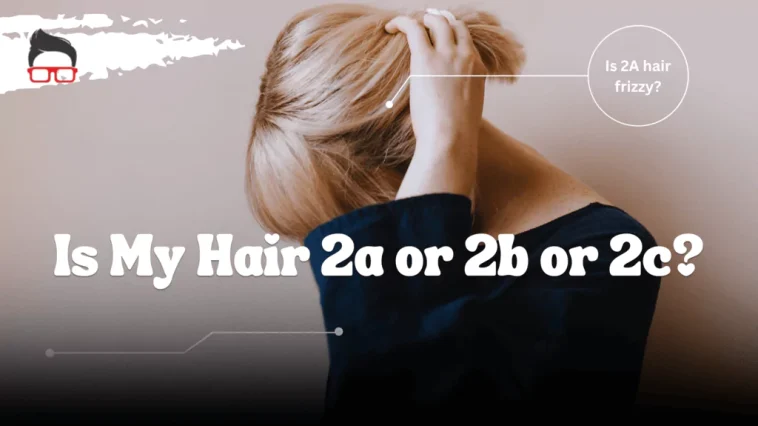Are you frustrated from hairfall, dandruff, rough hair, or split hair? If that’s the case, let’s turn our attention to what truly matters here. When it comes to choosing a perfect routine for your haircare, you must be confused about what kind of hair you have. Because most of us doesn’t know their hair type. So let’s start with discussing the hair type chart first. Whether you are trying to manage frizz, define the curls, control hair fall or dandruff, or simply want to know why your hair reacts a certain way to humidity, this is the perfect global guide you require for your hair care to transform it from frizzy and rough to glossy and smooth.
In this article, we’ll explore everything you need to know about your hair using the hair type chart for women. We’ll also cover curly hair types, hair type for men, and explain why understanding your curl pattern really matters.
How to Find Your Hair Type Using Chart?
The hair type chart was made popular by stylist Andre Walker, who divided types into four categories based on hair shape and texture.
- Type 1: Straight
- Type 2: Wavy
- Type 3: Curly
- Type 4: Coily/Kinky
Each type is below divided into subcategories, A, B, and C that explain the width and tightness of the wave, curl, and coil.
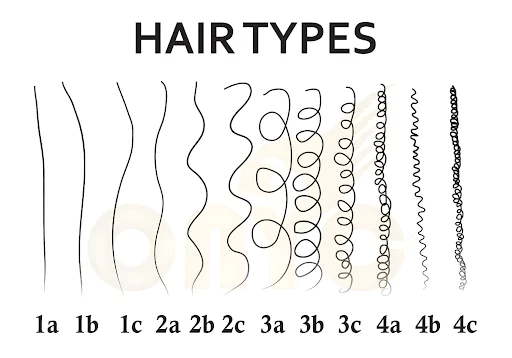
Type 1 Hair: Straight
- 1A: These hairs are seamless, silky, and extremely fine; they don’t curl or wave. This type of hair is difficult to style due to its tenderness. Also, it becomes oily quickly.
- 1B: It a kind of hair known to be a bit thicker and stronger compared to 1A. And this hair has more growth and volume.
- 1C: This hair can be more frizzy with stronger bends.
Best products for this hair type: lightweight shampoos, volumizing sprays (only if needed), and dry shampoo to manage oiliness.
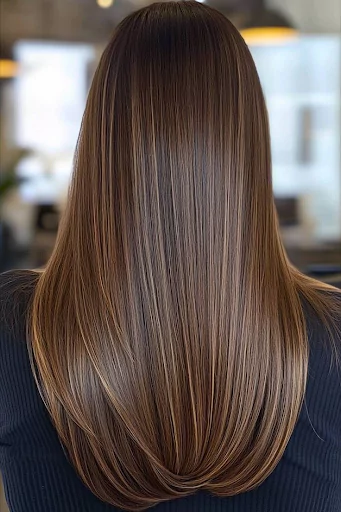

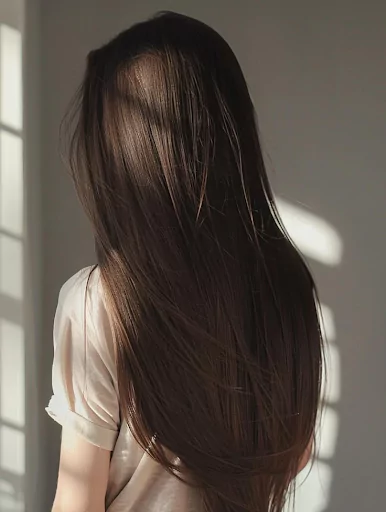
Type 2 Hair: Wavy
- 2A: This kind of hair is a little bit loose, beachy waves with a slight “S” letter and minimal frizz.
- 2B: This kind of hair has more defined waves and is prone to frizz, especially in humidity.
- 2C: This kind of hair is thick, coarse waves with more growth and high volume and frizz.
Styling tips for this kind of hair: Use mousse or curl-enhancing products to define your waves without weighing them down.
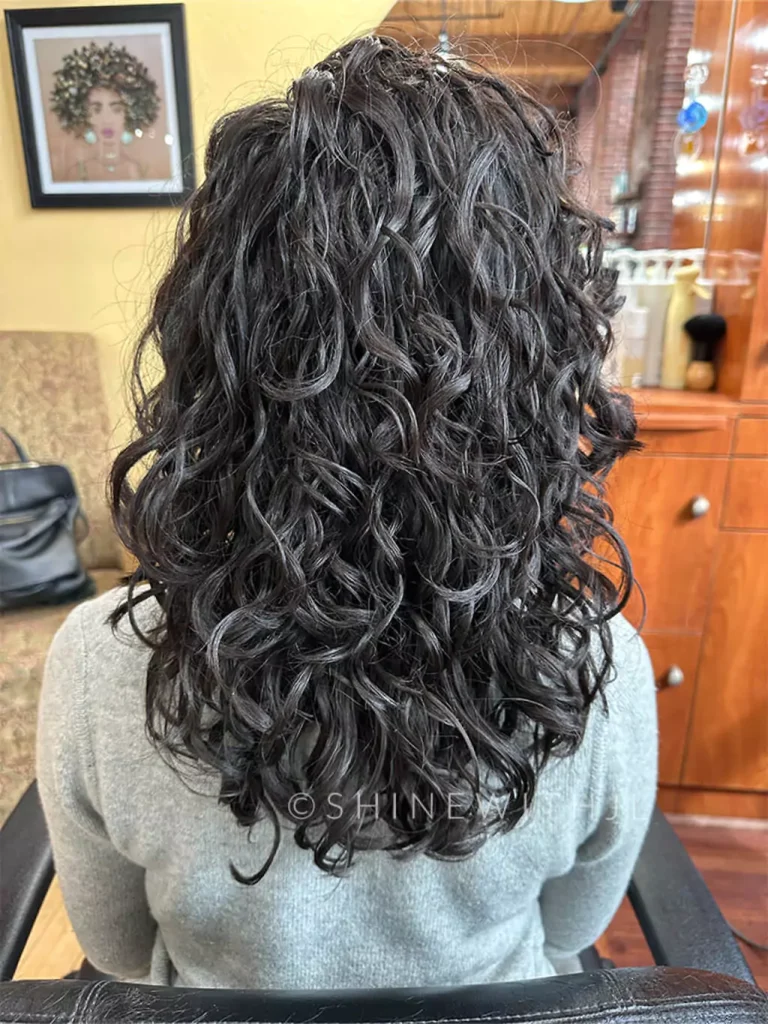
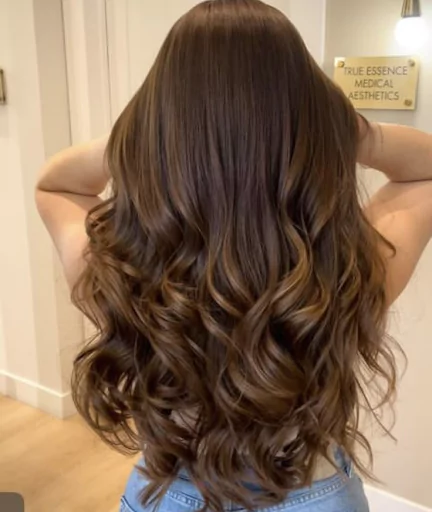

Type 3 Hair: Curly
Classic curls that create a distinct “S” shape fall under this group. This type is more prone to dryness and frizz, especially in humid environments.
- 3A: Big, loose curls that are easy to style and maintain.
- 3B: Bouncy ringlets with a tighter curl pattern.
- 3C: Corkscrew curls that are snappy and closely packed.
Pro tip for your hair care: Moisture is key. Go for sulfate-free shampoos, hydrating leave-ins, and deep conditioners made specifically for curly hair types.
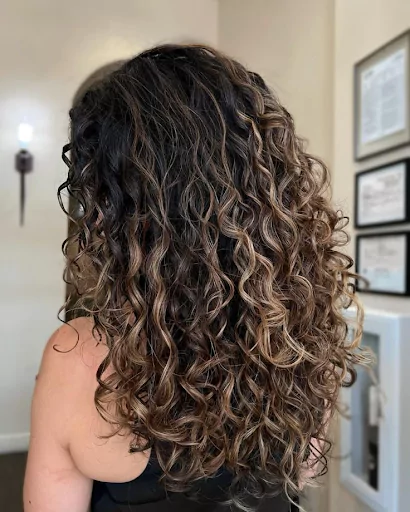

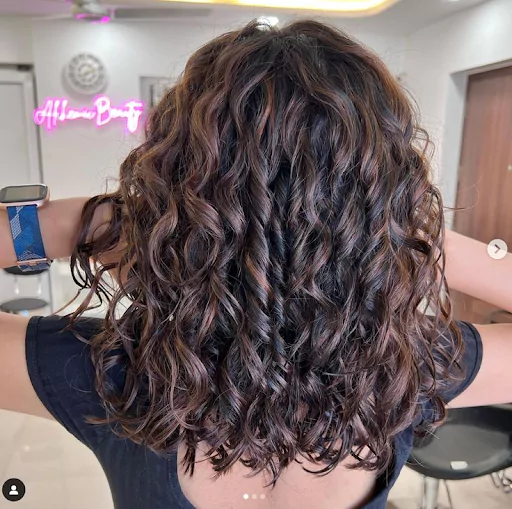
Type 4 Hair: Coily/Kinky
This hair type features the tightest curl patterns and the most shrinkage. It’s fragile and requires lots of moisture and gentle handling.
- 4A: Soft, well-defined coils that form tight “S” patterns.
- 4B: Z-shaped curls that have more thickness and less structure.
- 4C: Tightly coiled with almost no defined pattern. Highly shrink-prone and very delicate.
Care tip: Use rich oils, creams, and protective styles to maintain moisture and minimize breakage.
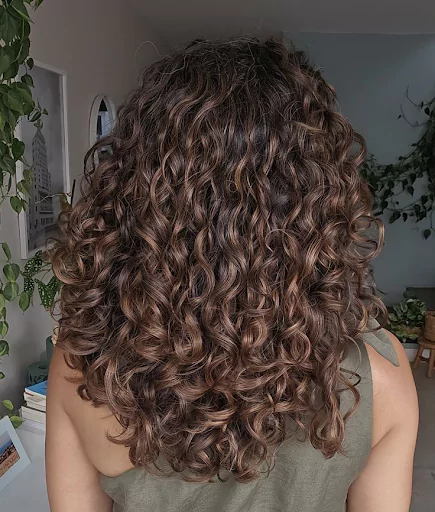

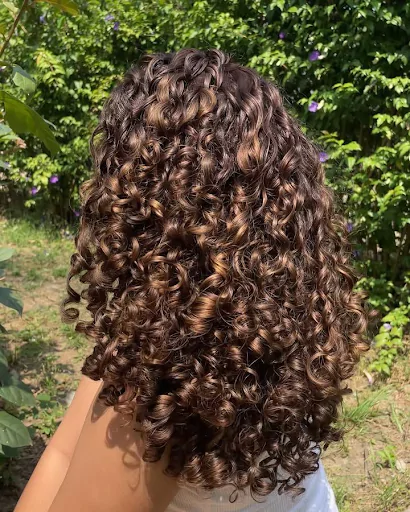
Curl Patterns: Why They Matter
It’s better to know your curl pattern:
- Make best decision when choosing the hair products (like gels vs creams vs mousses).
- Check the porosity and moisture absorption of your hair.
- Create a personalized hair care regimen.
- Avoid trial-and-error product purchases.
Hair Type Chart for Men: Yes, It Matters Too
While the chart is commonly used in women’s haircare, a hair type chart for men is equally important. Men often overlook curl patterns and texture when choosing products or getting a haircut. But understanding whether your hair falls in 2A or 4C category, can help you:
- Its better to avoid products that cause buildup.
- Choose cuts that complement your natural texture.
- Minimize scalp issues like dandruff caused by product mismatch.
How to Determine Your Hair Type
To figure out your hair type, follow these steps:
- Wash and Air Dry Your Hair
Don’t apply any product. Let it dry naturally to see the natural curl or wave pattern. - Observe your Pattern Tightness
Compare your strands to the subcategories (A, B, or C) based on curl diameter. - Check Multiple Areas
You might have more than one hair type on your head (e.g., 3B in the back and 3C at the crown).
Final Thoughts
The hair type chart provides a guide to improved hair care, whether you’re buying fresh items or accepting your natural hair. It removes the guesswork and allows you to align your routine with your unique hair type. From curly hair type to hair type for men, knowing your type unlocks the best version of your hair.
So taking care of your hair is one kind of treatment to give relief to yourself. Sometimes massaging your hair can give you stronger hair and also relief from your tension or headache. Don’t wait, go for your hair care, whether your hair is short or long, straight or curly, frizzy or seamless, oily or dry.
Also Read:

